Gregor Aisch and Larry Buchanan for the New York Times visualized Olympic medal dominance with a streamgraph for each event. Time is on the horizontal axis, and each stack represents a country. The greater the height is at any point, the more medals the country won that year. Nice labels, too.
-
Here’s how common each household type is and was — and how the makeup compares to a few decades ago.
-
One of the best parts of the Olympics is watching an athlete from your country dominate the competition. Katie Ledecky is one of those athletes this year. Carlo Zapponi and Apple Chan Fardel for the Guardian provide a recap of Ledecky’s world record performance in the 400-meter freestyle. Typically these races are close, but last night Ledecky might as well have been in the pool by herself.
-
Rather than a focus on the events and their details, the New York Times looks at the individual athletes and the small things that make them great. It’s called The Fine Line, and it’s a combination of video, information graphics, and interviews. The storytelling flow is really good. And by the end of each you’re left with a greater appreciation for the work the athletes put in.
So far they have Simone Biles for gymnastics, Ryan Lochte for swimming, Derek Drouin for high jump, and Christian Taylor for triple jump.
-
The last couple of Olympics, news graphics desks went with gloriously detailed explainers about the intricacies of the main events. This year seems to be a bit different. The opening ceremony is today, and I haven’t even seen much coverage. I think everyone has their hands tied with the horribly weird election season.
Anyways, to get away from the horribly weird election season, the Wall Street Journal offers a set of mini-games to test a very specific subset of skills that help Olympians succeed. Test your reaction time against sprinters or your rhythm-keeping against rowers.
Good, simple, and fun.
-
There comes a time in every data scientist’s life when an idea for a weird Twitter bot pops into your head. Or some one-off game based on dataset you played with recently. How does one go about making something like this? Kate Compton provides a beginner’s guide.
This is a beginner-level advice essay for people just getting started with building generators. It’s also for practiced experts who want a way to organize their knowledge. The advice is meant for any kind of generators: humorous twitterbots, fanciful art-making bots, level generators, planet builders, makers of music, architecture, poetry, and cocktails.
-
It’s an unpleasant feeling when you have an idea for a project and the data you need is sitting right in front of you on a bunch of random-looking webpages instead of a nice, delimited file. You could either forget about your idea (which is what most people do), you can record manually, or you can take an automated route with a bit of scraping know-how.
I often find myself taking the tedious, manual route out, but sometimes scraping is clearly the best option. David Eads from the NPR Visuals Team describes how they use a model-control approach to scraping data.
Step 1: Find the data and figure out the HTML and/or JavaScript format and pattern. Step 2: Setup a way to parse and spit out the formatted data. Step 3: Optimize.
Oh, and before all that, make sure it’s legal.
-
Star Trek fans rejoice. Mollie Pettit from Datascope Analytics visualized the interactions between all the characters in all the movies, series, and episodes.
This visualization shows interactions between characters in the Star Trek Universe based on the episodes or movies you have selected.
Each circle represents a character, and links represent interactions between characters. The more interactions between two characters, the thicker the link between them; similarly, the more interactions linked to a particular character, the larger the circle representing that character.
Just select the episodes or movies and click, “Engage!” Bonus points for the nerdy theme. [Thanks, Brian]
-
In the 1960s, the RAND corporation developed a handwriting recognition system using, well, technology available in the 1960s. Looking back on the system now, a lot of it still holds up. Jack Schaedler wrote an interactive essay to help you understand the contributions of Gabriel Groner, who worked on letters, numbers, and shapes.
By the end of this essay, you should understand exactly how Groner’s handwriting recognition scheme works. More precisely, you will see how Groner’s method works, and develop an intuitive understanding of its various operations and phases. […] When Groner describes an algorithm or heuristic, this essay will provide you with an interactive implementation that you can explore.
-
Alicia Parlapiano and Adam Pearce for the New York Times elegantly show a handful of percentages in this quick scroller. Nice, simple guidance through the values.
-
Time-lapse from space by NASA:
On July 20, 2015, NASA released to the world the first image of the sunlit side of Earth captured by the space agency’s EPIC camera on NOAA’s DSCOVR satellite. The camera has now recorded a full year of life on Earth from its orbit at Lagrange point 1, approximately 1 million miles from Earth, where it is balanced between the gravity of our home planet and the sun.
I don’t care how many time-lapse videos from space I’ve seen already. I will always want more. [via kottke]
-
Researchers modeled continental drift, going back 240 million years ago, on the scale of millimeters per year. It starts really slow and as if the supports give way to the separating pressure, there’s a relative burst of movement.
The full paper is in Nature, and the interactive version, which is a bit rough around the edges, can be found here. Select the time, rotate the planet around, and press play to watch the continents break apart.
-
You’re going to see probability values mentioned a lot these next few months. Many people will misinterpret. But not you.
-
Photographic evidence.
When they say
"The camera adds 10 pounds"
they're not kidding.
Here's the effect with different camera lenses: pic.twitter.com/xmwbsflVKd— Jim Zub (@JimZub) July 26, 2016
-
Every four years, campaign finance data from the Federal Election Commission peeks its head out into the light of importance. Committees and officials must report significant contributions to campaigns, which in turn provides a view into who is on who’s side. The weird thing is that the data was oddly tough to access for an everyday user, which is why third-party APIs and news orgs were and still are the primary place to go for information.
There’s a new FEC site in beta now though. A collaboration between the FEC and 18F, it’s a lot better than undocumented files only accessible via FTP. Search, browse, and download data for a candidate or contributor.
-
You’re likely familiar with the state grid map form used these days. Instead of using geographic boundaries, you place states in a grid layout, giving an equal-sized cell to each state so that they all get the same visual weight. The Wall Street Journal combined it with a time series for each state in their field guide to shifting states.
The country is more than just red states and blue states. Some former battlegrounds have moved to the sidelines. Other once reliably Republican or Democratic states have come into play as the composition of their electorates change.
Red means more Republican than the national popular vote, and blue means more Democrat.
The slow, animated load makes the map. It reminds me of the New York Times’ “wind” map from the previous election. Life-like.
-
As we delve deeper into election season, politicians will spit out more and more statistics to lend some factitude to their talking points. Some are real, and others will be less real. David Spiegelhalter for the Guardian provides a nine-point guide on how to sift out the latter.
On estimates and margin of error:
Next time you hear a politician boasting that unemployment has dropped by 30,000 over the previous quarter, just remember that this is an estimate based on a survey. And that estimate has a margin of error of +/- 80,000, meaning that unemployment may well have gone down, but it may have gone up – the best we can say is that it hasn’t changed very much, but that hardly makes a speech. And to be fair, the politician probably has no idea that this is an estimate and not a head count.
Ah, that makes me feel so warm and fuzzy inside.
-
Speaking of virtual reality visualization, this Nasdaq roller coaster by Roger Kenny and Ana Asnes Becker for the Wall Street Journal is quite the ride. The underlying data is just the index’s price/earnings ratio over time, but you get to experience the climbs and dips as if you were to ride on top of the time series track.
Weeeeeee, bubble burst.
-
More of an experiment, this VR map, by the Google Trends Lab in collaboration with Pitch Interactive, shows what people asked about Brexit leading up to the vote. It’s basic data-wise, but you can see potential for more details and get a feel for how virtual reality data visualization might work.
And besides, I’ll accept any excuse these days to bust out the Google Cardboard. Even if it’s basic visually, it’s easy to see how this point of view might bring you closer to the data.
See also the details on what the makers learned from the experiment.
-
A nanosecond is a billionth of a second, but we’re not very good with really big or tiny numbers. So, Grace Hopper, the inventor of “the first compiler for a computer programming language”, explains to some eager, young minds with a piece of wire.

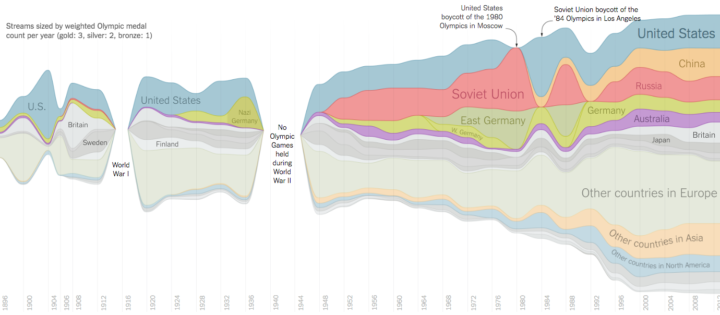

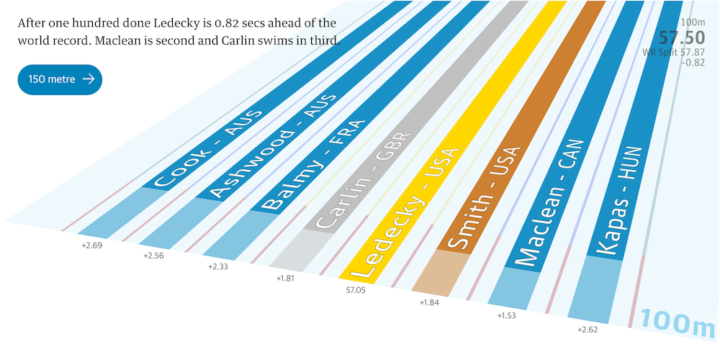
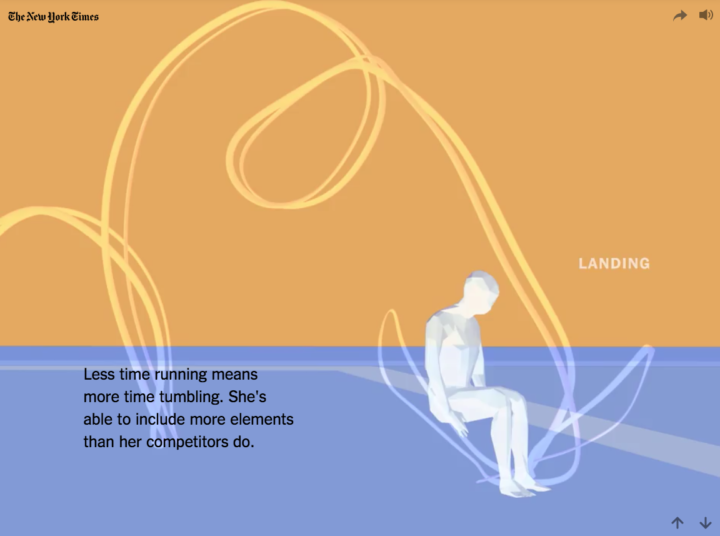


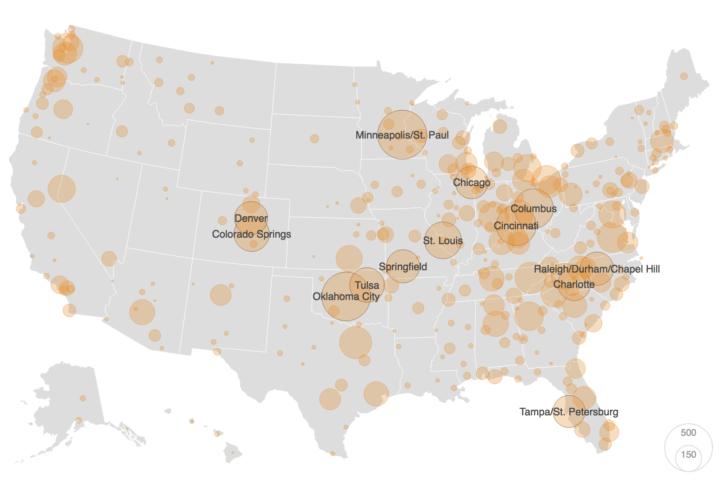
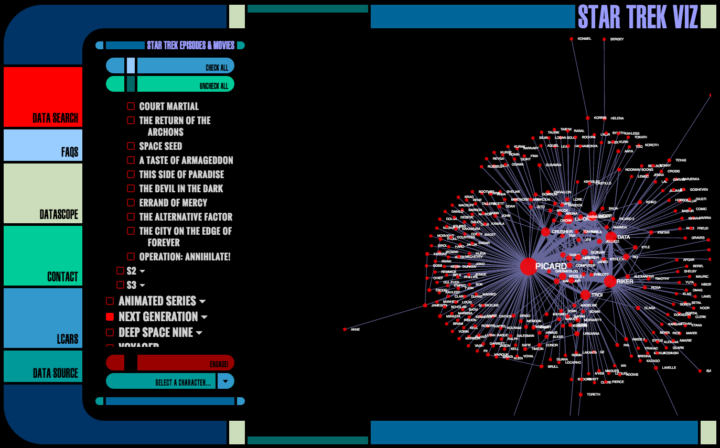




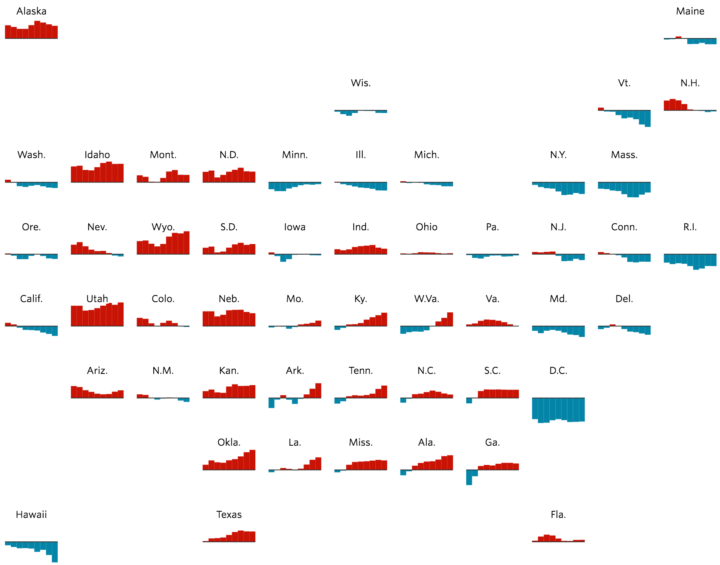
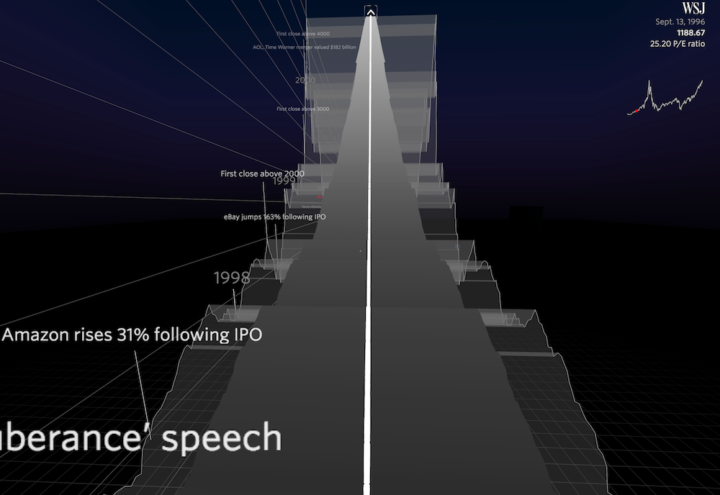

 Visualize This: The FlowingData Guide to Design, Visualization, and Statistics (2nd Edition)
Visualize This: The FlowingData Guide to Design, Visualization, and Statistics (2nd Edition)










